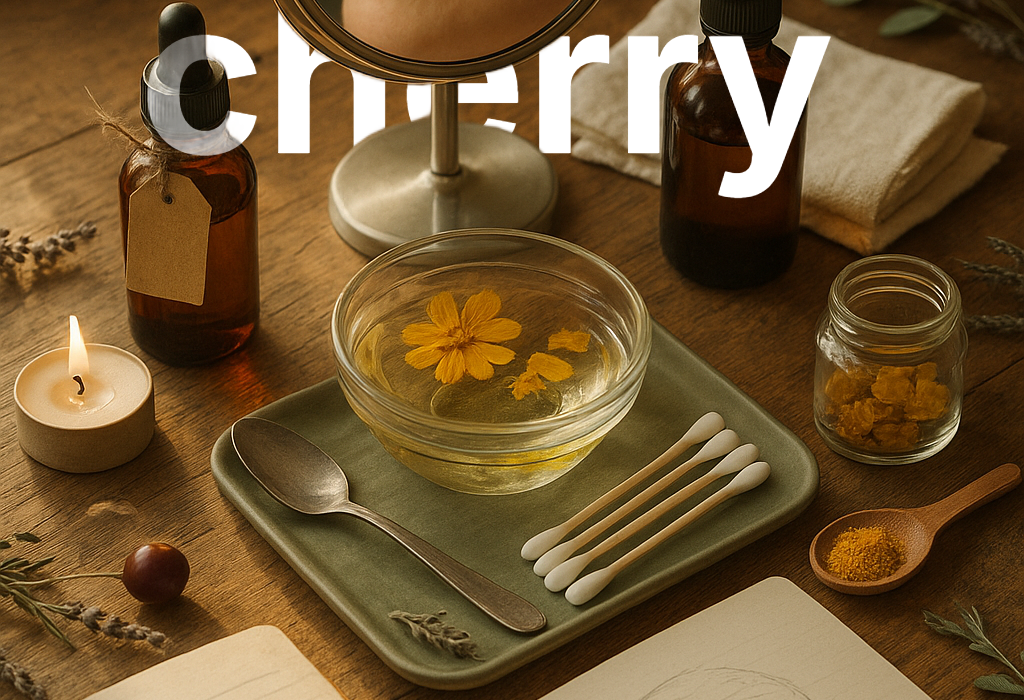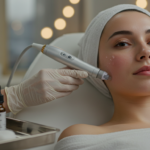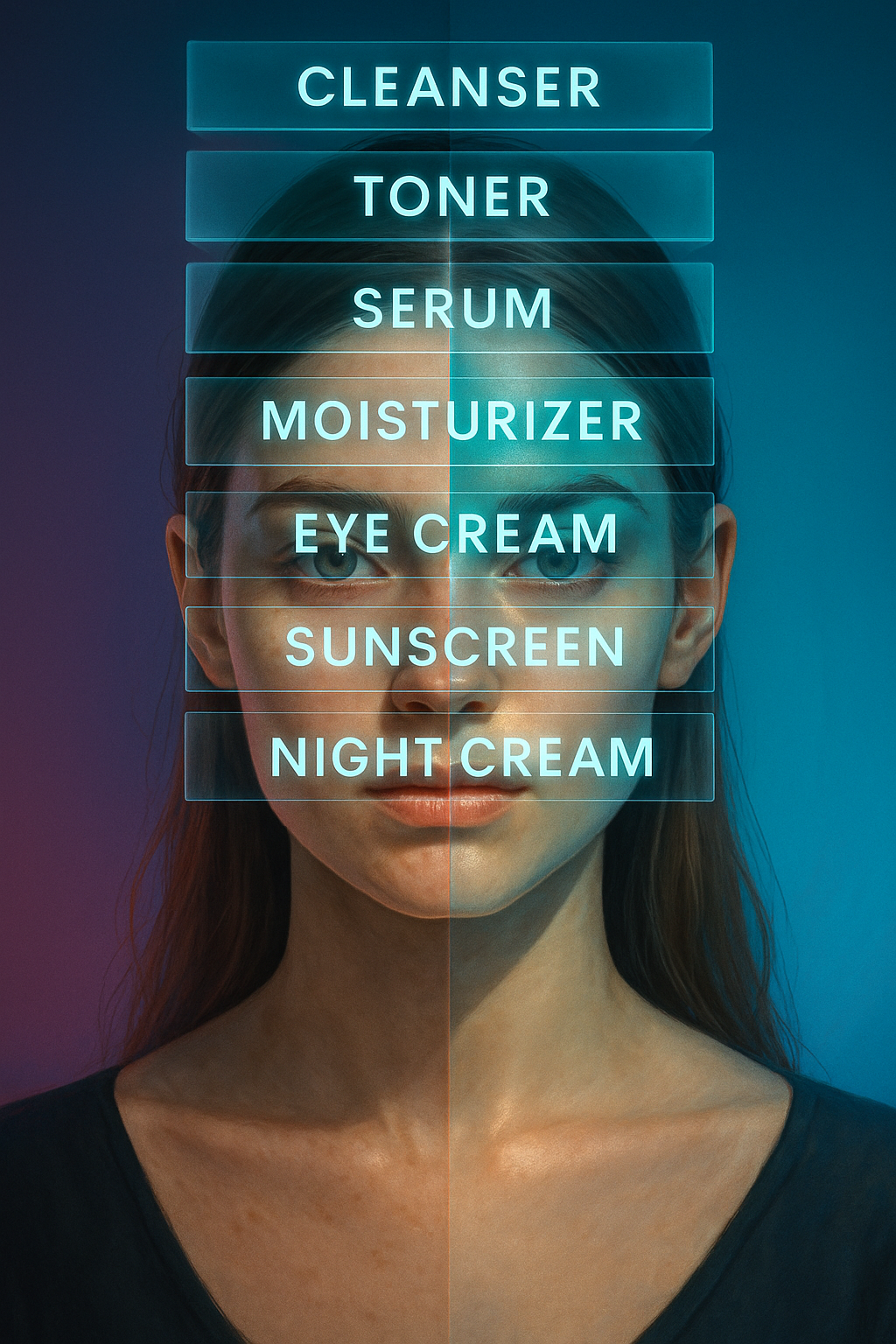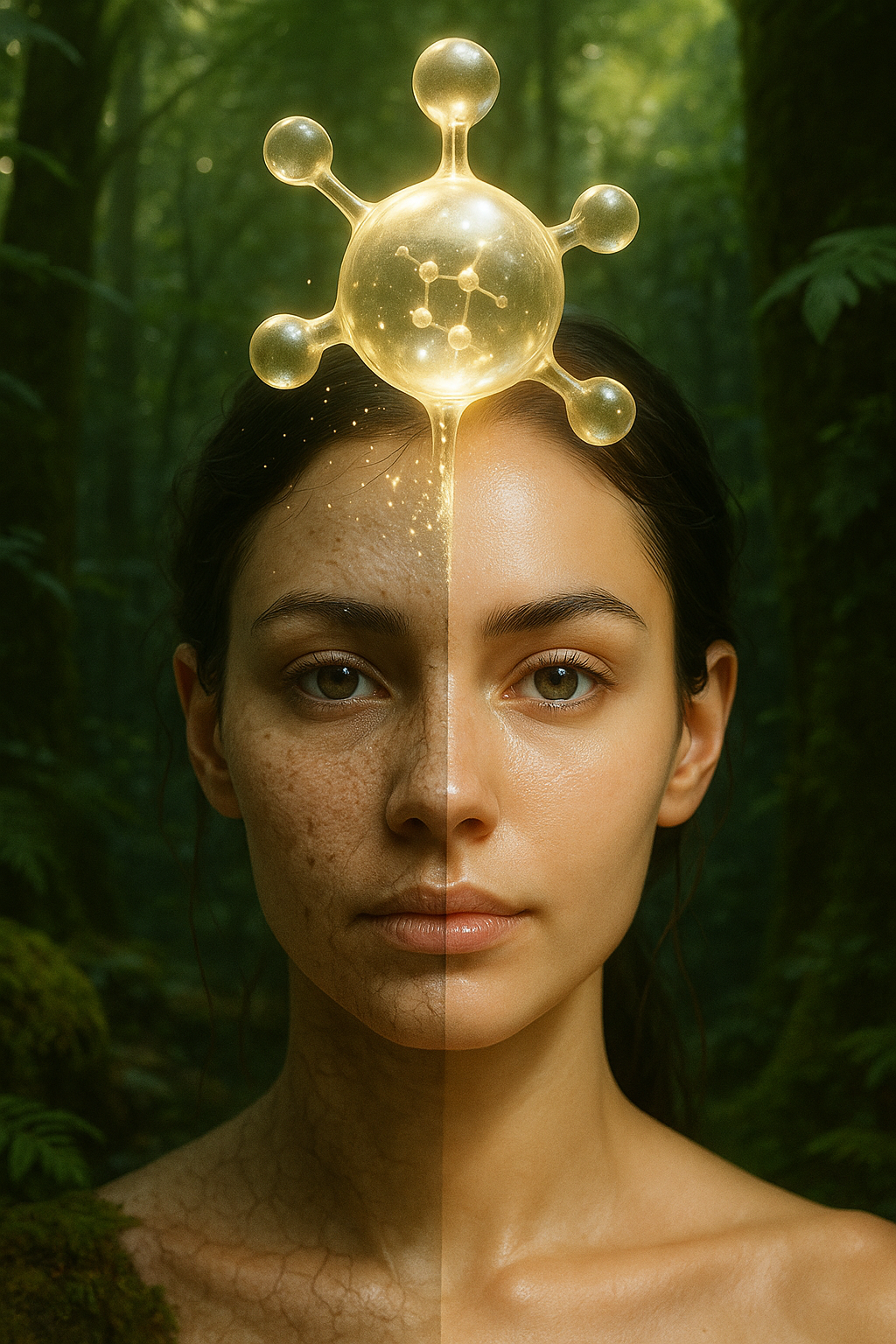Introduction: What Are Cherry Angiomas?
Cherry angiomas are those tiny, bright red or purple dots that often appear on the skin—usually on the chest, stomach, arms, face, or back. They’re made up of clusters of small blood vessels and are completely benign. While they don’t pose any serious health threat, their bright color and tendency to grow over time can make them a cosmetic concern for many.
The good news? If you’re reading this because you’re looking for a way to treat cherry angiomas at home, you’re not alone. Especially for those without easy access to a dermatologist, finding a reliable and safe DIY approach can feel urgent.
But before you grab a heated pin (please don’t), let’s dive into what works, what doesn’t, and what’s downright dangerous.
Why Do Cherry Angiomas Form?
Cherry angiomas aren’t caused by one single factor, but rather a combination of genetics, aging, and skin trauma. Here’s what researchers and dermatologists believe may contribute:
- Genetics: If your parents have them, you’re more likely to develop them too.
- Age: They tend to increase in number after age 30.
- Sun Exposure: UV damage may play a role.
- Hormonal Shifts: Some people report a link with pregnancy or hormone therapy.
- Liver Dysfunction or Toxin Buildup (less common but speculated).
In most cases, they’re harmless, but their sudden increase or changes in appearance should be discussed with a doctor just to rule out rare conditions.
Can You Treat Cherry Angiomas at Home?
The short answer is: yes, but with extreme caution.
Some at-home approaches may help minimize the appearance, but actual removal typically requires professional tools like laser or cryotherapy. If you’re determined to try a method at home, safety and skin hygiene are critical.
Dangerous DIY Methods You Should NEVER Try
Let’s start with what you should absolutely avoid:
1. Heating a Pin or Needle
Some people online suggest cauterizing angiomas with a heated pin. This is incredibly dangerous and not recommended. Here’s why:
- High risk of infection
- Risk of scarring or permanent skin damage
- Uncontrolled bleeding
- No way to determine depth or vascular structure beneath the lesion
Verdict: Strong no. You’re not cauterizing; you’re burning your skin without anesthesia or medical backup.
2. Cutting with a Blade or Nail Scissors
It might seem harmless—just a dot, right? But cutting into any vascular lesion can result in uncontrolled bleeding, potential nerve damage, and serious scarring.
Verdict: Absolutely do not try this. It’s not a mole or pimple.
3. Freezing with Ice or DIY Cryo Kits
Over-the-counter freeze kits (designed for warts) often contain dimethyl ether and propane. While effective on some skin tags, they can be too aggressive for angiomas and lead to blistering or pigmentation issues.
Verdict: Not reliable or targeted enough for cherry angiomas.
Safe At-Home Options to Minimize or Manage Cherry Angiomas
While total removal is tricky without professional tools, there are methods to help fade, prevent worsening, or manage them naturally.
1. Apple Cider Vinegar (ACV)
ACV is known for its astringent and anti-inflammatory properties. Some people claim it helps fade angiomas by breaking down the blood vessel cluster. While no medical studies confirm this, anecdotal evidence supports cautious use.
How to Use:
- Soak a cotton swab in raw, unfiltered ACV.
- Apply to angioma for 10–15 minutes once daily.
- Stop if irritation occurs.
Pros:
- Cheap and widely available
- Mild fading over time for some users
Cons:
- Not scientifically proven
- Can irritate sensitive skin
2. Iodine Tincture (5%)
Iodine can help dry out vascular lesions over time. It’s more common in holistic routines.
How to Use:
- Apply with a sterile Q-tip once per day
- Cover with a small bandage if needed
Important: Patch test first. Do not overuse, and never ingest.
3. Essential Oils (Tea Tree + Frankincense)
Used in very small quantities and diluted with a carrier oil, these oils are believed to promote vascular healing.
How to Use:
- Mix 1 drop tea tree or frankincense with 3 drops jojoba or almond oil
- Dab gently onto angioma 1–2x/day
Do not use on broken skin or large lesions.
4. Vitamin C and E Serums
While they won’t remove the angioma itself, these can brighten surrounding skin, minimize redness, and help even tone so the angioma appears less noticeable.
Use consistently over time.
Professional Removal Options (for Reference)
If at-home attempts aren’t working or you’re nervous, these are the top methods used by dermatologists:
| Treatment | Description | Downtime | Cost | Effectiveness |
|---|---|---|---|---|
| Laser Removal | Targets blood vessels with pulses | Minimal | $$–$$$ | Very high |
| Electrocautery | Uses electricity to burn off | 1–3 days | $$ | High |
| Cryotherapy | Freezes lesion with liquid nitrogen | 3–5 days | $–$$ | Medium |
| Shave Excision | Surgically removes with blade | 5–7 days | $$ | High |
Even one treatment can usually resolve a small angioma fully. For larger or multiple ones, laser is the gold standard.
Natural Prevention: Can You Stop New Ones from Forming?
While you can’t stop genetics, you can support skin and blood vessel health by doing the following:
Nutritional Support
- Vitamin C (collagen synthesis)
- Rutin and Bioflavonoids (support vascular integrity)
- Zinc and Selenium (anti-inflammatory and skin repair)
Lifestyle Tips
- Avoid excessive sun exposure
- Use SPF daily, especially on face and neck
- Avoid harsh scrubs or picking at skin
- Stay hydrated and moisturized
When to See a Doctor
DIY may work for a few people, but there are cases when you absolutely need to consult a professional:
- Angioma changes in color, size, or shape
- It bleeds easily or often
- You have dozens that appeared suddenly
- You have underlying medical conditions
- It’s in a high-risk location (eye area, genitals, etc.)
Never ignore sudden skin changes, even if it looks minor.
Myths About Cherry Angiomas
Let’s bust a few:
Myth 1: “They’re contagious.”
False. They’re not caused by viruses or bacteria.
Myth 2: “They turn into cancer.”
False. They are benign and not linked to cancer risk.
Myth 3: “Only old people get them.”
False. They’re common in people as young as 20s.
Myth 4: “They bleed a lot if you pop them.”
True. Because they’re vascular, injury can cause significant bleeding.
Emotional Impact: You’re Not Alone
Many people with cherry angiomas report feeling self-conscious—especially when they appear on the face or hands. Remember: they are common, harmless, and nothing to be ashamed of.
Treating them at home may give you a sense of control, but your self-worth isn’t defined by a skin dot. Whether you treat or not is up to you and what makes you feel best.
Final Thoughts: Should You Try a DIY Cherry Angioma Remedy?
Cherry angiomas are harmless, but annoying. If you want to try managing them at home:
- Stick to gentle, natural remedies (like ACV or iodine)
- Avoid dangerous tools or cauterization
- Support overall skin health with diet and skincare
- Know when to call a dermatologist
And above all! treat your skin with care, not with harm.







